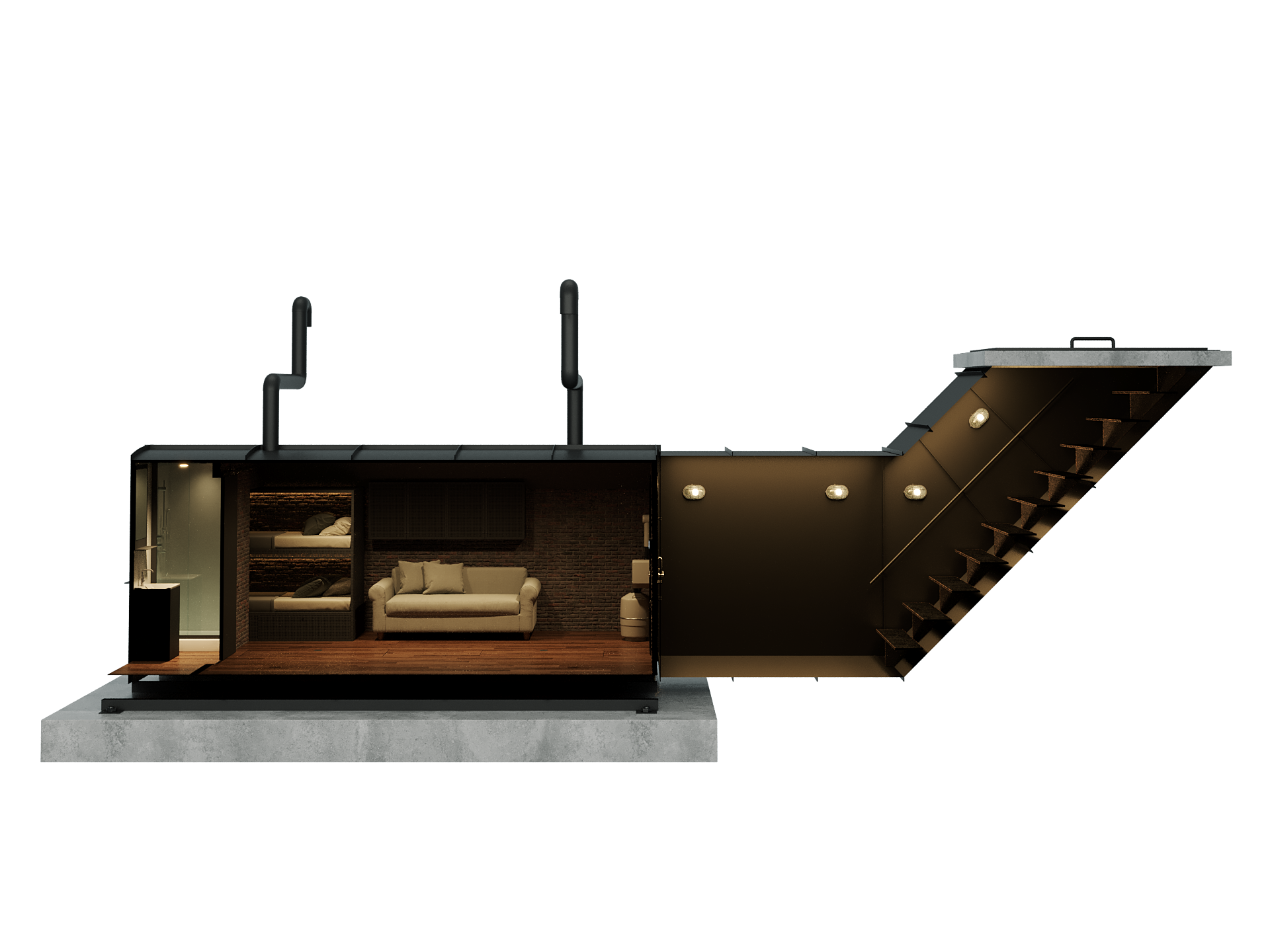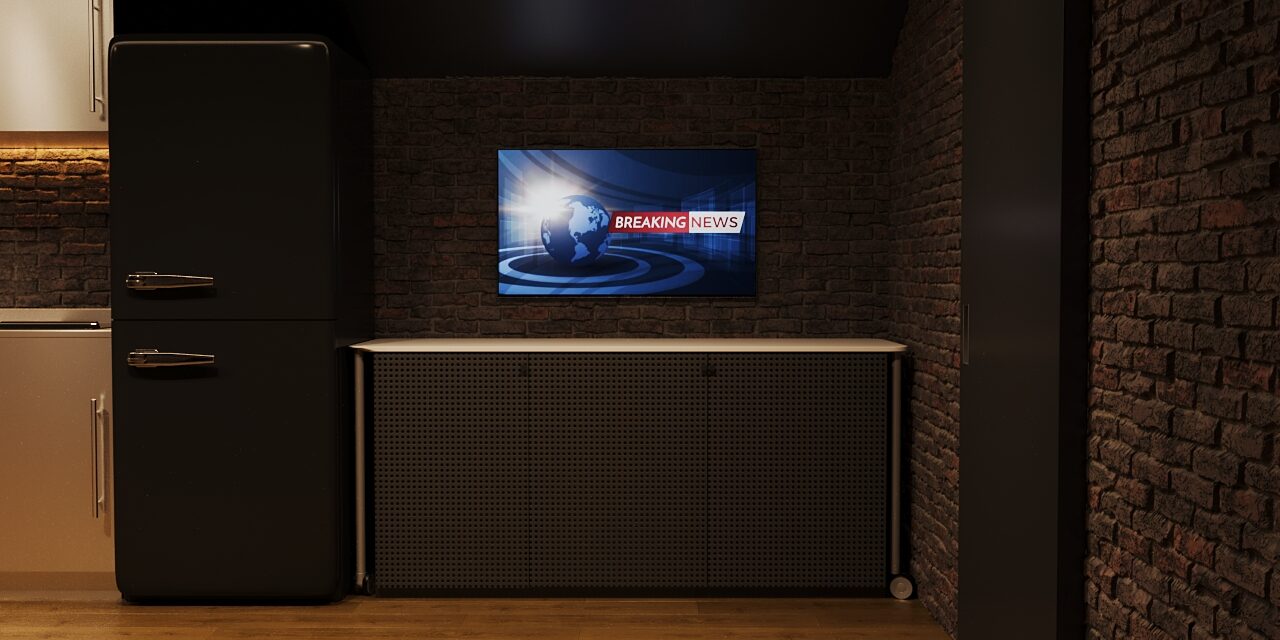
Underground Shelter
How are underground shelters produced?
First of all , necessary measures must be taken against corrosion in the construction of underground shelters . Today, we see that steel and concrete are preferred when the building materials of the buildings built in the developing conditions are considered. So what would be the most durable for a shelter? Researches and tests show that steel is one of the most suitable materials in terms of underground shelter production according to very different variable weather conditions and environmental conditions. Steel is the safest and most durable material due to its high resistance to corrosion and its long-term resistance to environmental conditions. For this reason , Steel is the first choice material for the production of underground shelter .
It is very important that the underground shelter is not affected by external environmental conditions during the production stages . Underground shelters produced according to certain standards in the factory environment are subjected to various durability tests. Steel underground shelters are the most preferred among the underground shelters manufactured as steel and block walls. There is a higher probability of error in underground shelters made of reinforced concrete. In addition, steel material is preferred in terms of impermeability, since the concrete is more adversely affected by outdoor conditions. If I consider the resistance against corrosion, the durability of concrete or block wall will not be the same as the durability of steel material. Production of underground shelter from steel material is very long lasting . It has a durability of more than 100 years. It is a guaranteed product due to its special outer coating. We can say that the durability period of the underground shelters made of different materials, reinforced concrete and similar materials is less than half of the steel underground shelters, compared to the Steel underground shelters with a hundred-year usability guarantee.
The production of underground shelter is made of steel material as 1 preference and its durability is increased with its special outer coating. It is very easy to install as well as the possibility of producing underground shelters in desired sizes . Although the installation time may vary according to the desired underground shelter characteristics and size, the installation phases and assembly are completed within an average of 3 to 5 days. Before proceeding to the installation phase , there is the stage of determining the place where the underground shelter will be established . The external environment elements of the installation site to be chosen are subjected to three separate tests by passing the soil structure through different stages. Since the energy production from the underground shelters will be provided by itself , the place where the shelter will be established must be suitable for energy production .
Since the underground shelter production is in a modular structure, it is also suitable for relocation. Apart from this, it can be enlarged in size upon request. 10 x 30 is the largest recommended underground bunker . There is a space for your family to live comfortably in this underground shelter model, which has plenty of storage space inside. There is an extra bedroom in this model, which has a kitchen and a bathroom, as in every model. And the more storage space, the more countertop space becomes available. In addition, these models, which have a children’s area with bunk beds, will be able to continue their life in a comfort area that can be called a luxury for a family of 4 people.
What can the underground shelter be used for?
If you ask why the production of underground shelters, when you think of our country, disasters come first.
Underground shelters, which provide protection against natural disasters, have been the most preferred reason in our country. Of course, the underground bunker is not only used for natural disasters. It is preferred for protection in case of possible war. Against the possibility of a nuclear explosion, the first choice would be an underground bunker.




